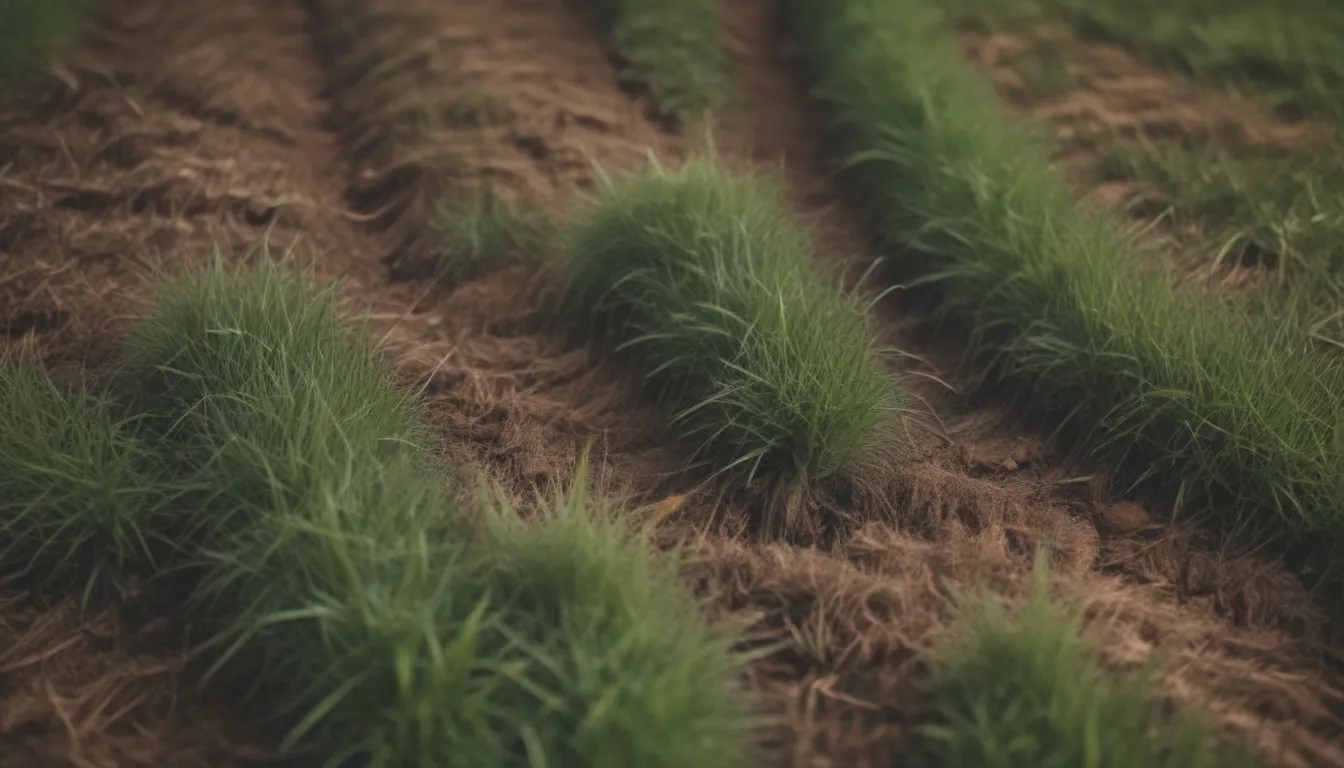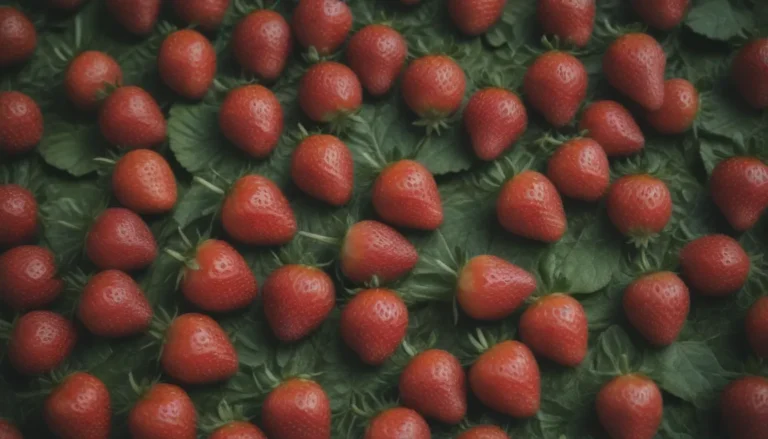The Ultimate Guide to Preventing and Managing Lawn Grubs

Welcome to the ultimate guide to preventing and managing those pesky lawn grubs that can wreak havoc on your beautiful lawn. Grubs are the larval stage of beetles and can cause damage by feeding on grass roots, leading to brown, dry patches in your lawn. In this comprehensive article, we will delve into everything you need to know about identifying, preventing, and dealing with lawn grubs to keep your lawn healthy and thriving.
What Are Lawn Grubs?
Grubs are soft, wormlike larvae of beetles that are typically white, C-shaped, and around 1/2 inch long. They have soft bodies with legs near the head and may belong to various beetle species such as the masked chafer, European chafer, or Japanese beetle. These voracious feeders can cause significant damage to your lawn by munching on grass roots and organic matter in the soil.
How to Identify Lawn Grub Damage
Grub damage can manifest in two main ways. First, you may notice small irregular patches of your lawn turning brown, dry, and wilted. Another sign of grub activity is when raccoons or crows start tearing up your lawn in search of these tasty treats. If you suspect a grub infestation, you can check for their presence by pulling up patches of sod to reveal the root system. If you find more than 10 grubs per square foot, it’s a red flag that action is needed.
How to Prevent Lawn Grub Infestations
Prevention is key when it comes to managing lawn grubs effectively. Here are some proactive measures you can take to keep these pests at bay:
Integrated Pest Management (IPM) Program
An integrated pest management program utilizes a combination of methods to control garden pests, including lawn grubs. This approach focuses on prevention, regular monitoring for pests, environmentally-friendly control methods, and responsible pesticide use. Implementing an active IPM program is a strategic way to deal with lawn pests like grubs. Keep an eye on your lawn, especially in late June when grubs are likely to lay eggs, and consider using insecticides like Dylox if an outbreak occurs.
Organic Control Methods
For those looking for organic alternatives, there are natural ways to deter grubs. One option is to introduce milky spore, a naturally occurring bacterium that can help control grub populations. When grubs ingest milky spore while feeding, they die and release more spores into the soil. Additionally, beneficial nematodes like Heterorhabditis bacteriophora can be watered into the soil to introduce a natural predator to grubs.
Environmental Considerations
It’s important to be mindful of the environmental impact of pest control measures. Insecticides can be harmful to pollinators like bees, so it’s crucial to apply them when bees are not actively foraging on blooming clover weeds. Consider mowing down blooms before applying insecticides to protect these essential pollinators.
Lawn Maintenance Practices
Simple lawn maintenance practices can also help prevent grub infestations. Avoid overwatering your lawn during midsummer dry spells, as beetles tend to lay their eggs in moist soil. Allowing your lawn to go dormant temporarily may help reduce the risk of a grub problem.
Dealing With Lawn Grub Damage
If you’ve identified a grub infestation and need to repair the damage to your lawn, follow these steps:
Grass Regeneration
Since grubs feed on grass roots, you may need to start fresh by reseeding the affected areas. Treat the damaged patches like any other bare spot in your lawn and ensure the seed stays moist during germination.
Lifecycle of Grubs
It’s important to understand the lifecycle of grubs to effectively manage them. Grubs eventually transform into adult scarab beetles, which emerge from the soil to mate and lay eggs. These eggs hatch into more grubs, continuing the cycle of damage to your lawn. Different types of scarab beetles, such as billbugs, can also emerge from grub larvae and inflict further damage on your grass.
Conclusion
In conclusion, preventing and managing lawn grubs requires a proactive approach that combines monitoring, preventative measures, and responsible pest control methods. By implementing an Integrated Pest Management program, utilizing organic control methods, and maintaining environmentally-friendly practices, you can keep your lawn healthy and free from grub infestations. Remember to stay vigilant, address any signs of grub damage promptly, and prioritize the health of your lawn and the surrounding ecosystem.
For more information on white grub management and recommended products for controlling lawn grubs, consult resources from reputable sources like Clemson University, the Environmental Protection Agency, Ohio State University Extension, West Virginia University Extension, and Michigan State University Extension.
Now armed with the knowledge and tools to combat lawn grubs, you can cultivate a lush and thriving lawn that is resilient to these common pests. Happy gardening!





